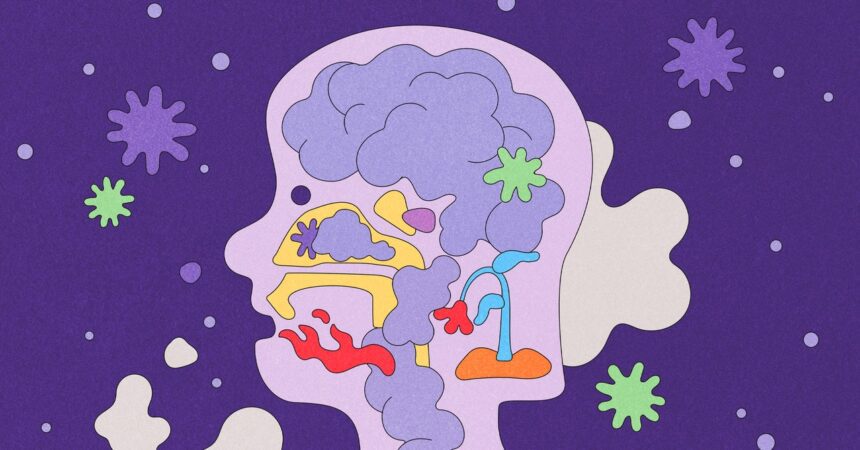The Alarming Link Between Air Pollution and Child Development: A Call to Action
In recent years, the devastating effects of air pollution, especially from fossil fuels, have become impossible to ignore. As a pediatrician based in Reno, Nevada—the fastest-warming city in the United States—my daily observations compel me to speak out. The implications for children and adolescents are dire. Scientific studies now indicate that air pollution not only causes immediate respiratory issues but is also linked to long-term neurological damage, including conditions such as autism and attention-deficit hyperactivity disorder (ADHD).
The Growing Threat of Wildfire Smoke
California’s wildfires have made headlines in recent years, and the smoky air has traveled far beyond state lines. Across the West, approximately 65 million Americans are now exposed to “smoke crises.” This includes families in communities like mine, where prolonged hazardous air quality repeatedly turns sunny days gray. While most of us understand the immediate health threats—coughing, wheezing, and respiratory distress—what is less apparent is the insidious long-term impact on our youngest citizens.
Children represent a particularly vulnerable demographic when it comes to air quality. Their physiology differs from adults; they breathe faster relative to their body size, have smaller lungs, and their organs, including their lungs and brains, are still developing. Consequently, children exposed to high levels of air pollution can experience lifelong health repercussions.
Neurological Impacts: The Evidence
Recent scientific research has drawn alarming connections between air pollution and neurological development. According to studies, fine and ultrafine particulate matter—often released through combustion from fossil fuels—can penetrate deep into the lungs and subsequently enter the bloodstream. This poses a significant risk not just to respiratory health but also to brain development.
Evidence supporting these claims is accumulating. For example, MRI studies reveal altered brain structures in fetuses exposed to air pollution in utero. After birth, particles can invade critical areas of the brain, like the prefrontal cortex, which governs decision-making, social behavior, and self-regulation. Research conducted in Mexico City has shown fossil fuel particles embedded in the brains of children, raising concerns about their cognitive and developmental trajectories.
Unpacking the Links to Autism and ADHD
A growing body of epidemiological studies suggests a concerning association between exposure to air pollution and neurological disorders such as autism and ADHD. For instance, research conducted in Southern California assessed nearly 300,000 children and found that prenatal exposure to PM2.5 particles significantly correlated with increased rates of autism. Another study of over 164,000 children in China indicated that long-term exposure to fine particulate pollution heightened the risk of ADHD.
Though these conditions are complex and likely involve multiple genetic and environmental factors, the potential role of air pollution is undeniable. With fossil fuel consumption continuing to be a significant contributor to environmental degradation, the health of our children must be at the forefront of climate discussions.
A Wake-Up Call for Parents and Policymakers
As we approach 2025, the reality of these health threats is expected to become starkly visible. Parents, who have often been perceived as passive observers in the climate debate, must become advocates for change. The fossil fuel industry’s negligence has tangible consequences—children suffering from compromised brain development, learning disabilities, and behavioral issues.
The time has come for a broader societal recognition of the risks posed by air pollution, particularly for children. Comprehensive public awareness campaigns, stringent air quality regulations, and elevated environmental standards are essential. We must also prioritize investments in clean energy alternatives to curtail our dependence on fossil fuels. This is a collective responsibility that spans beyond individual families; it requires action from communities, lawmakers, and businesses alike.
Conclusion
As the evidence mounts, it becomes increasingly clear that the fight against climate change is also a fight for our children’s health. The dire warnings of thought leaders, such as B. F. Skinner, ring true: our choices today shape our future. In this critical moment, we must pivot from inaction to a concerted, determined approach to safeguarding the planet for generations to come.
It is time for parents to awaken as the “sleeping giant” in the climate battle. Together, we can forge a healthier, more sustainable future, ensuring that our children grow up not just surviving but thriving.










